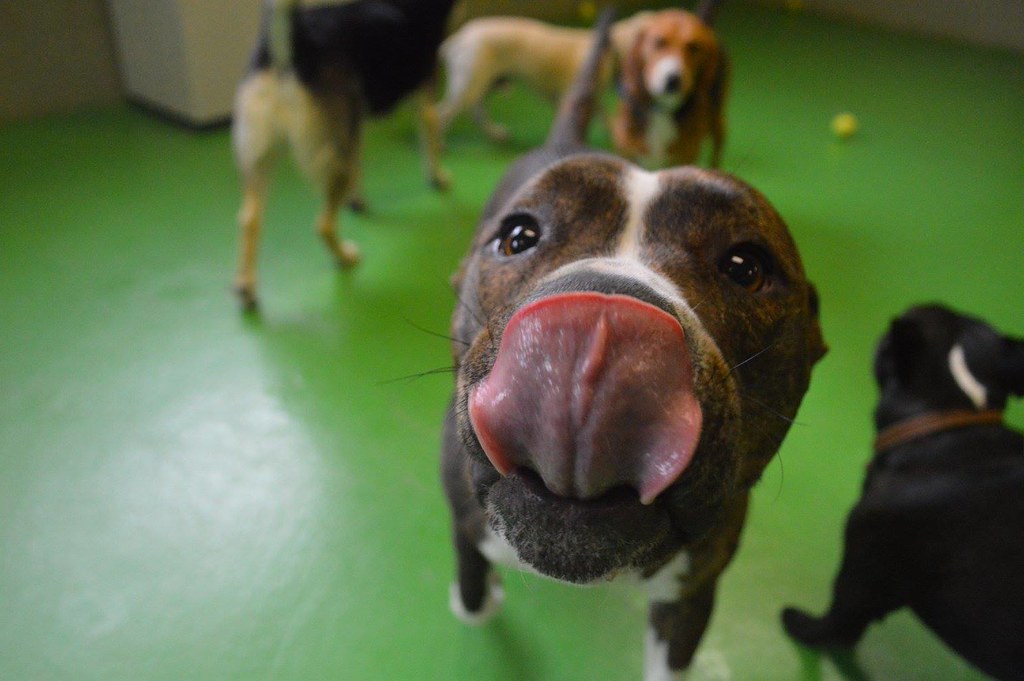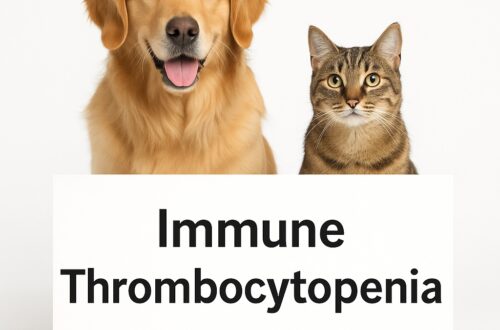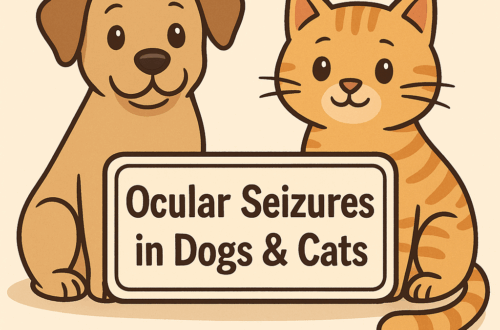In this unprecedented time of the COVID-19 pandemic, you’ve probably heard about the dire need for more mechanical ventilators. You may have also heard veterinary emergency and critical care facilities around the globe are loaning their mechanical ventilators to human hospitals to help meet the needs of human patients who desperately need them. Given the current increased need for these life-saving machines, this week I wanted to share more information about mechanical ventilation. I hope you find this post informative. Happy reading!
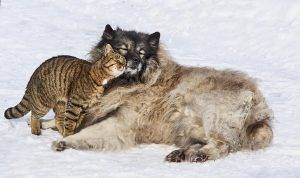
What is mechanical ventilation?
Simple stated, the use of mechanical ventilators is a life support intervention. Mechanical ventilators are machines that help patients – whether they be animals or humans – breathe when they can’t do so on their own. Mechanical ventilators are also called ventilators, respirators, and breathing machines.
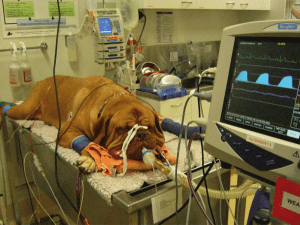
Why are ventilators used?
Cats and dogs, as well as humans, may need to be placed on mechanical ventilators for several reasons, chiefly:
- To get oxygen into the lungs and body
- To help the body get rid of carbon dioxide
- To reduce the work of breathing
- To breathe for patients who have injuries to the spinal cord and/or brain that prevent normal breathing
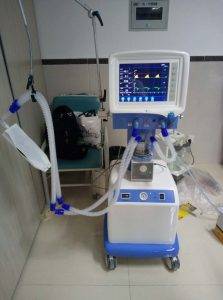
How do ventilators work
Cats and dogs are initially anesthetized or heavily sedated when connected to mechanical ventilators. The ventilator is connected to a tube inserted into the mouth and down into the trachea (windpipe) – this is called an endotracheal intubation. Occasionally, a tube is inserted through a small surgical incision in the neck and directly into the trachea – this is called a tracheostomy tube (often called a “trake” tube). Tracheostomy tubes can be kept in place for longer periods of time compared to endotracheal tubes. Furthermore, patients with tracheostomy tubes may only need intermittent sedation instead of heavy sedation or anesthesia that is needed with endotracheal tubes.
During mechanical ventilation, the ventilators blow air, often with extra oxygen, into a patient’s lungs. There are a lot of factors that help veterinarians determine how to deliver this air. These control variables determine what is used to deliver each breath:
- Volume of air (called tidal volume)
- Pressure in the airway circuit
- Flow of oxygen in the airway circuit
- Time
For example, in volume-controlled mode, mechanical ventilators deliver breaths based on pre-set volumes of air/breath; inspiratory pressure and flow are variable. In contrast, in pressure-controlled mode, ventilators deliver breaths based on pre-set inspiratory pressures; breath volume and air flow are variable.

In addition to control variables, there are also four phase variables. They describe how ventilators progress from inspiration (breathing in) to expiration (breathing out). These variables are:
- Trigger – what initiates a breath.
- Limit – what determines the size of a breath.
- Cycle – what ends a breath.
- Baseline – how the ventilator controls the baseline of a breath.
In any mode of mechanical ventilation veterinarians may need to set several parameters, including:
- Frequency (or rate): the number of mandatory breaths per minute.
- Positive end-expiratory pressure (PEEP) – a form of resistance during exhalation that helps prevent airway collapse.
- Inspiratory pressure – The pressure used to inflate the lungs.
- Tidal volume – The volume of each breath.
- Inspiratory time – How long a breath is delivered.
- Fraction of inspired oxygen (FiO2) – The amount of oxygen in air flowing in the breathing circuit.
- I: E ratio – The ratio of inspiratory time to expiratory time.
How are patients on mechanical ventilators monitored?
Patients on mechanical ventilators require comprehensive and exquisite monitoring. Veterinarians will monitor multiple parameters, most notably:
- Heart rate and rhythm
- Respiratory rate
- Body temperature
- Blood pressure
- Hemoglobin saturation (hemoglobin transports the majority of oxygen in blood)
- Amount of oxygen in blood
- Amount of carbon dioxide in blood
- Urine output

What are the risks of mechanical ventilation?
There is no question the use of mechanical ventilators can be life-saving. However, it’s an intervention that does have some potential complications, including:
- Infections – Both endotracheal and tracheostomy tubes are conduits through which infectious organisms (eg: bacteria) can gain access to the lungs. An infection in the lungs is called pneumonia, and can be serious and potentially life-threatening.
- Lung damage – The pressure needed to move air into the lungs via a mechanical ventilator can damage them. Similarly, high levels of oxygen may be harmful to the lungs.
- Pneumothorax – Occasionally as a results of damage the lungs begin to leak air into the pleural space, the potential space between the chest wall and lung tissue. Air accumulation in this location can prevent the lungs from properly expanding, thus creating oxygenation and ventilation issues
- Side effects of medications – As mentioned earlier, cats and dogs are typically anesthetized or sedated while on mechanical ventilators. These medications may (rarely) cause meaningful adverse reactions that complicate ventilator management.
How long is a ventilator used?
Mechanical ventilation doesn’t fix the underlying problem(s) that led patients to need ventilation in the first place. Rather, mechanical ventilators are used to support cats and dogs who need help breathing until other interventions become effective. Some patients require only a few hours of ventilatory support while others need to be on ventilators for days and weeks. Some human patients require ventilator support for months. Unquestionably, we strive to get patients off ventilators as quickly as possible.
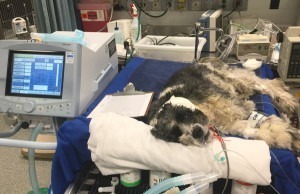
The take-away message about mechanical ventilation in cats & dogs…
Mechanical ventilation is potentially life-saving intervention. Ventilators can provide extra oxygen and reduce a patient’s work of breathing. There are many potential reasons for cats and dogs to need ventilator support. The prognosis for patients receiving mechanical ventilation is quite variable.
To find a board-certified veterinary emergency and critical care specialist, please visit the American College of Veterinary Emergency and Critical Care.
Wishing you wet-nosed kisses,
CriticalCareDVM




